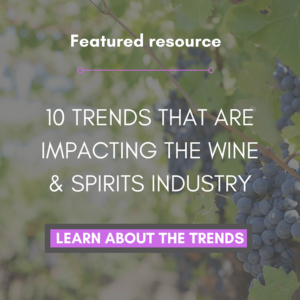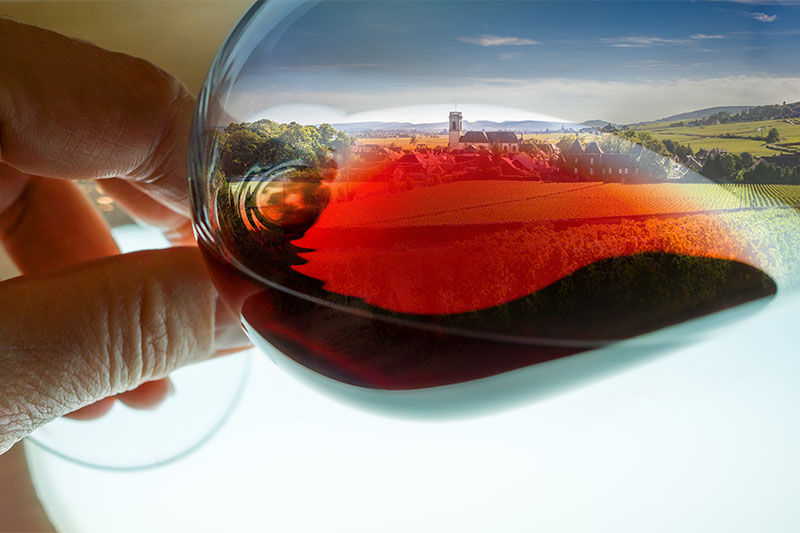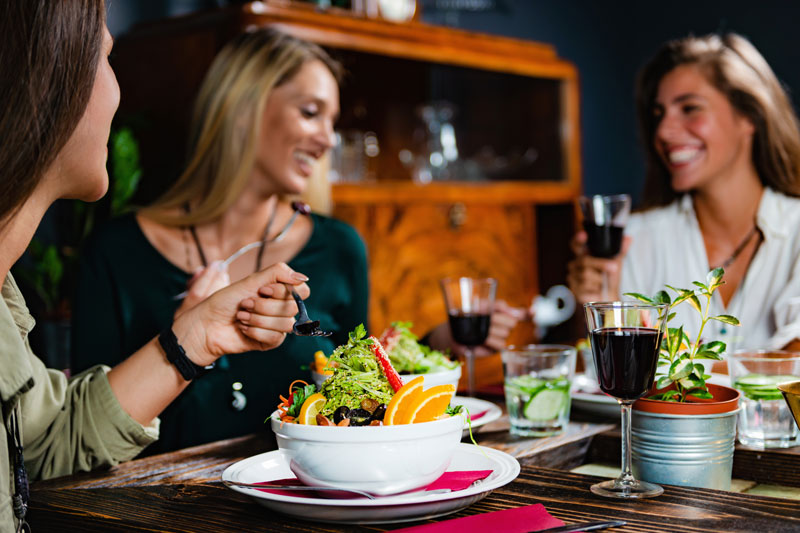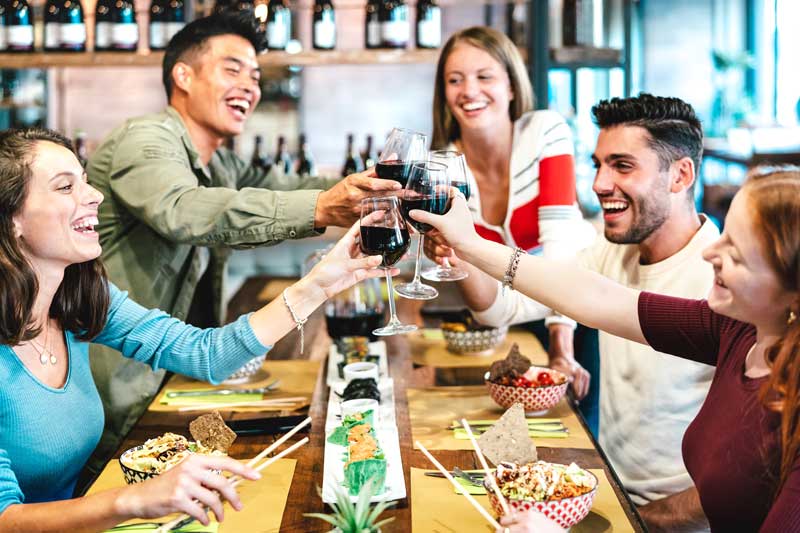Consumers no longer just want their wine to taste good, they want it to tell a story.
Sales of generic wine, priced at less than $9 a bottle, have declined. These affordable options use to appeal mostly to baby boomers, who are now aging out of buying alcohol for health reasons.
“Over the past 50 years, we’ve watched generic wines, which have no story or attachment to a place, fall out of favor with consumers,” the 2020 Silicon Valley Bank report on the state of the wine industry stated.
The report went on to say, “the dated strategy of “make it cheaper and sell it for less,” which appealed to the mature generation, had an expiration date, and in recent history, we saw the result as lower-priced segments consistently declined in their growth rate alongside the aging of the mature generation, while higher-priced premium wine advanced.”
The new consumer is willing to pay a higher price, for a higher-quality experience. Millennial drinkers are looking for a good story attached to their drink that matches their overall values. For example, if they only eat organic food, they want their wine to be organic, too.
Despite this decline, the sales data through November 2019 showed that almost 70 percent of all wine sold by volume, and 45 percent by dollars still traded below $9 retail. In other words, cheaper wines are still a critically important segment of the industry. But some re-branding and a better story can help increase this segment’s sales.
Once upon a time
As enotourism rises, consumers want to seek out wine experiences and learn about it before taking that first sip.
In Napa Valley, tourists can head to the oldest wine estate in the region, Charles Krug. While sipping a fine cab, visitors will learn about the old Mondavi family feud. After their father Peter died, one brother, Robert, saw the potential of mass-producing and marketing the estate’s wine. The other preferred the smaller-family feeling. The brothers disagreed and split ways.
 Of course, Robert would go on to create Robert Mondavi Vineyards and bring international recognition to Napa Valley. Sales would skyrocket, but Charles Krug would remain in business. This story isn’t told on a tour of Mondavi Vineyards; only in the smaller Krug winery. And visitors drink it up.
Of course, Robert would go on to create Robert Mondavi Vineyards and bring international recognition to Napa Valley. Sales would skyrocket, but Charles Krug would remain in business. This story isn’t told on a tour of Mondavi Vineyards; only in the smaller Krug winery. And visitors drink it up.
While the Mondavi family story is one of feuding, customers love a feel-good story, too, even from smaller, local wineries.
One mile away from Gillette Stadium in Massachusetts is the well-designed and Instagram post-worthy Debevino Winery. The founders, Al DeNapoli, John, Rich and Paul Bevilacqua, and Dom Arpino grew up in Roslindale, MA. Even as young boys, they helped their families create wine in their basement. As adults, the friends had a dream of opening a proper winery to share their creations with the public.
This past fall, the dream came true with a tasting room in Walpole, MA. The winery bears a combination of the crew’s last names and loosely translates to “drink of wine” in Italian.
The brand’s site says it aims to “establish long-term relationships with our customers through co-operative memberships, shared winemaking experiences, tastings and social events in a fun, interactive and educational environment.” For wine drinkers looking for a brand with family values, Debevino fits well and the tasting room was bustling on opening weekend.
What brands can do to tell a better story
In order for a brand to tell a good story, the tale must be real and connect with drinkers. Perhaps, your brand has had the story all along but it has not been properly told.
Start by going back to the winery’s inception. Customers love the success stories of winemakers who changed careers, tales about families pitching in to help, and friendship like the Debevino clan.
If the start of your winery isn’t that interesting, fast forward to the present day. Is the staff working to farm exclusively organically? What is the winery doing to prevent climate change from ravaging crops? These stories will connect with millennial drinkers’ values.
Now that you have a story, it needs to be told. If a label redesign is within your budget, start there, or add an additional tag around the neck of the bottle. Brands can also use social media influencers to tell the winery’s story to their followers.
For larger budget brands, traditional ad campaigns can also tell the story and help customers connect with your brands values.
- 87% of Utilities Have Experienced at Least One Data Breach in Last Three Years - February 5, 2024
- Can Drones Lower Your Next Utility Bill? - January 10, 2024
- Onshore Wind Farms Are The Next Big Thing In Renewable Energy - December 6, 2023




